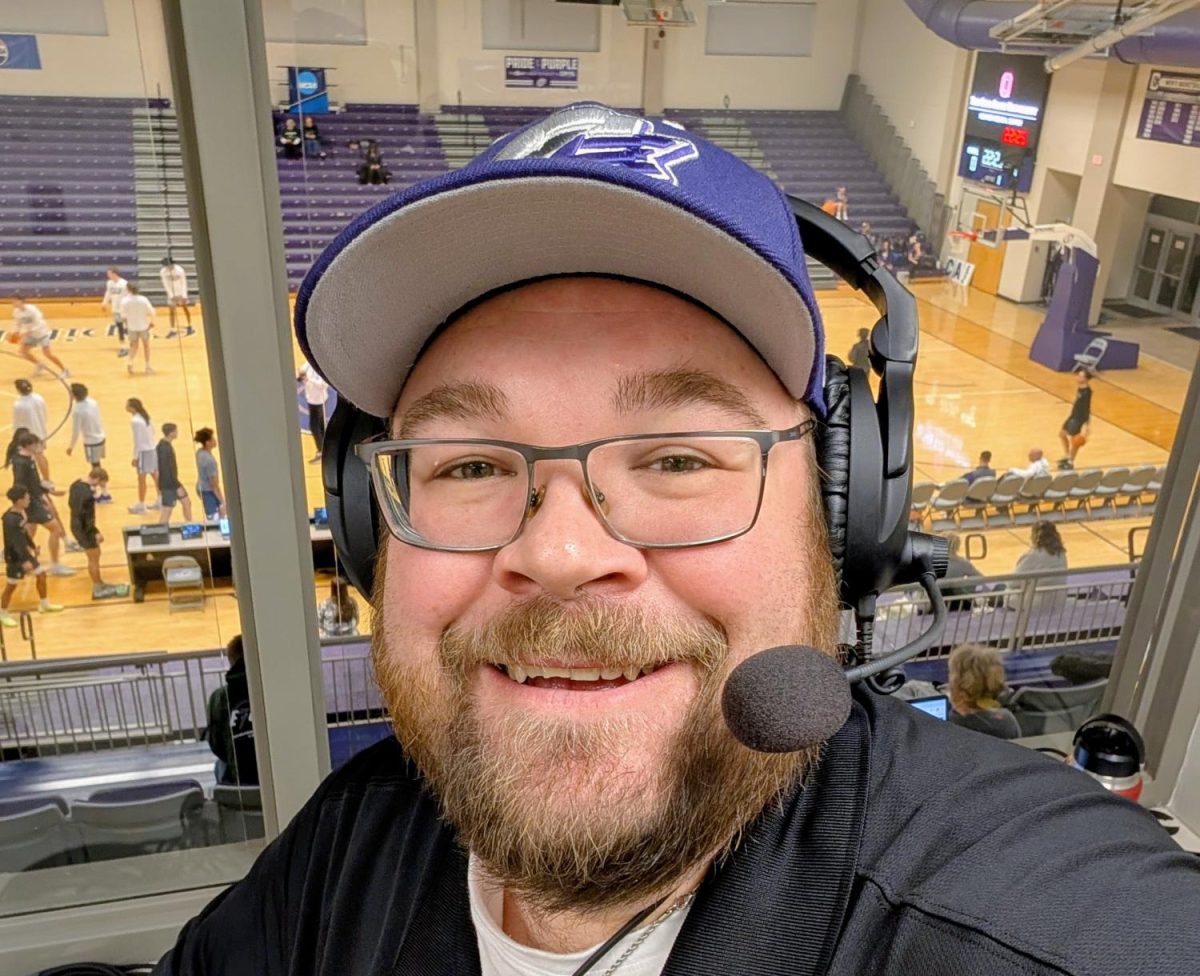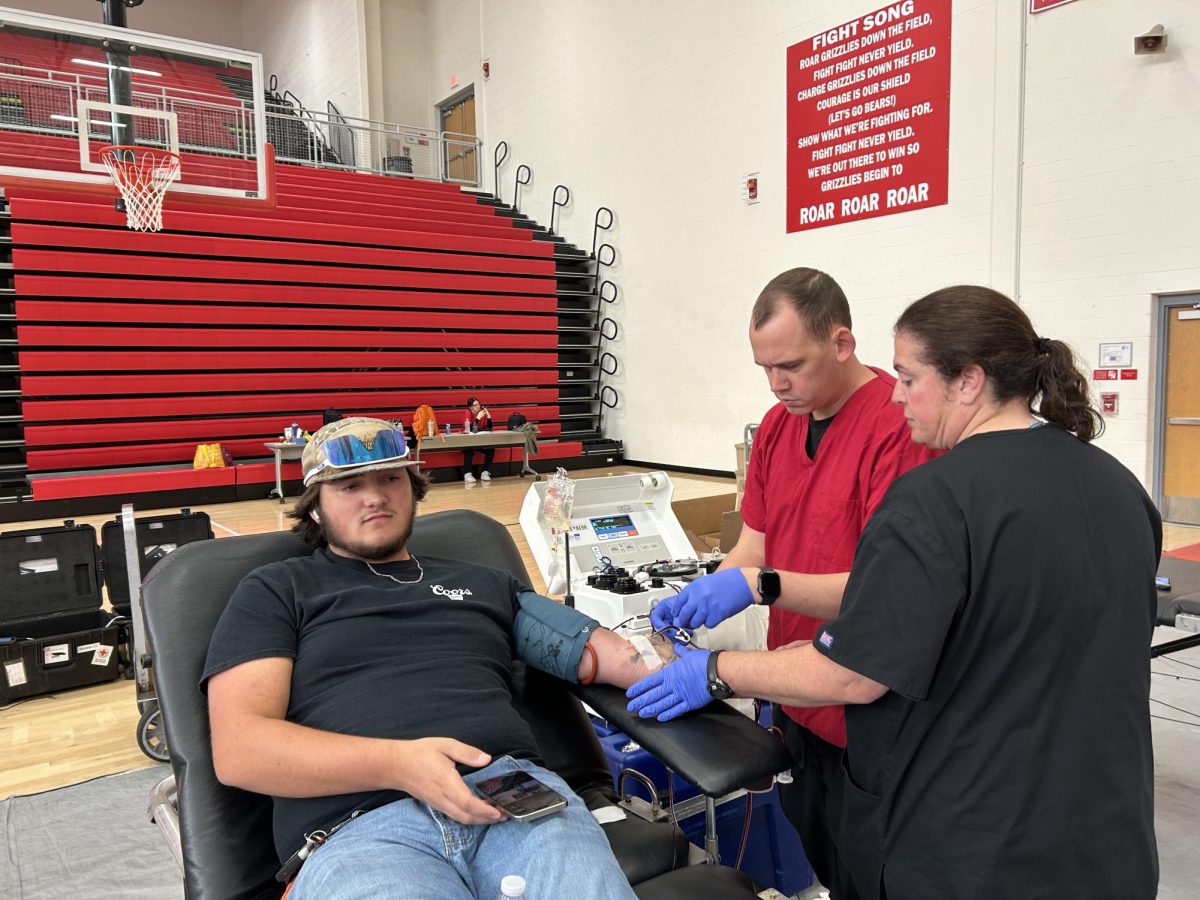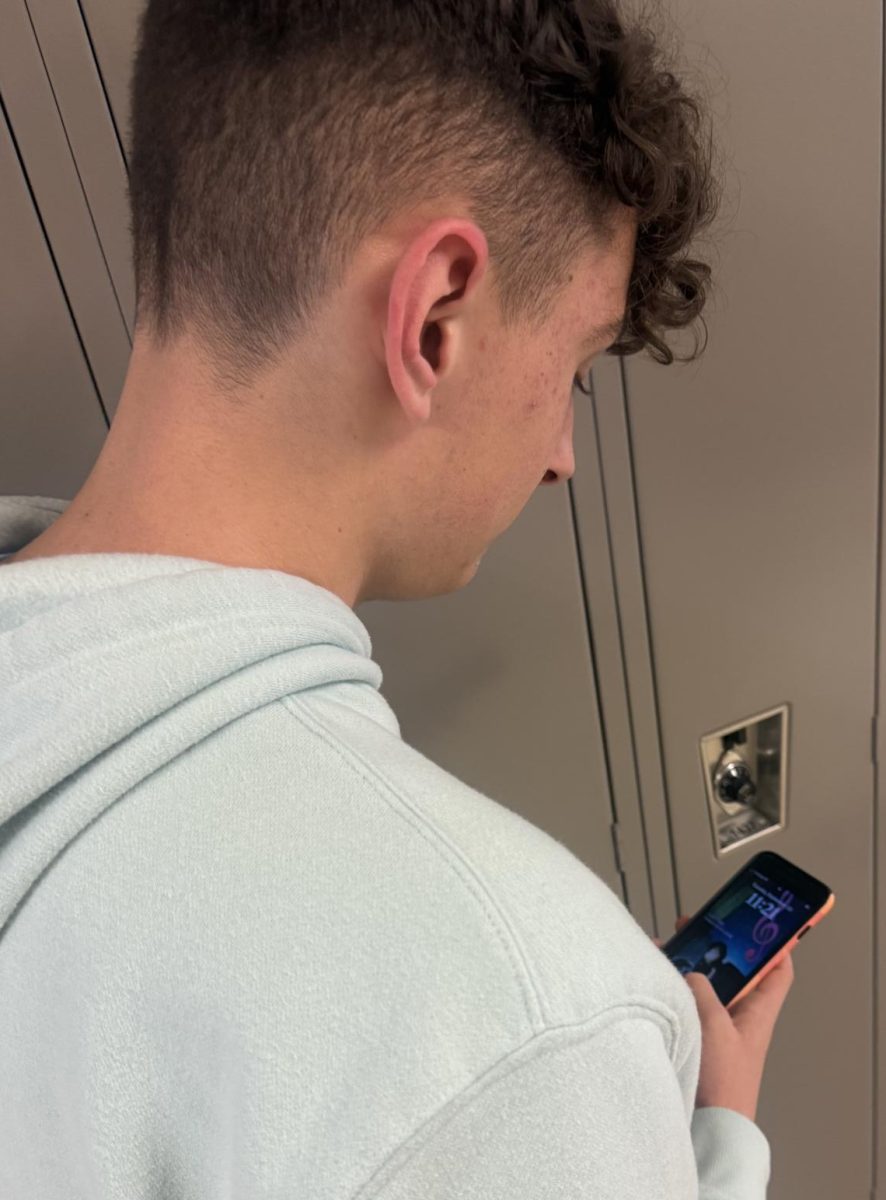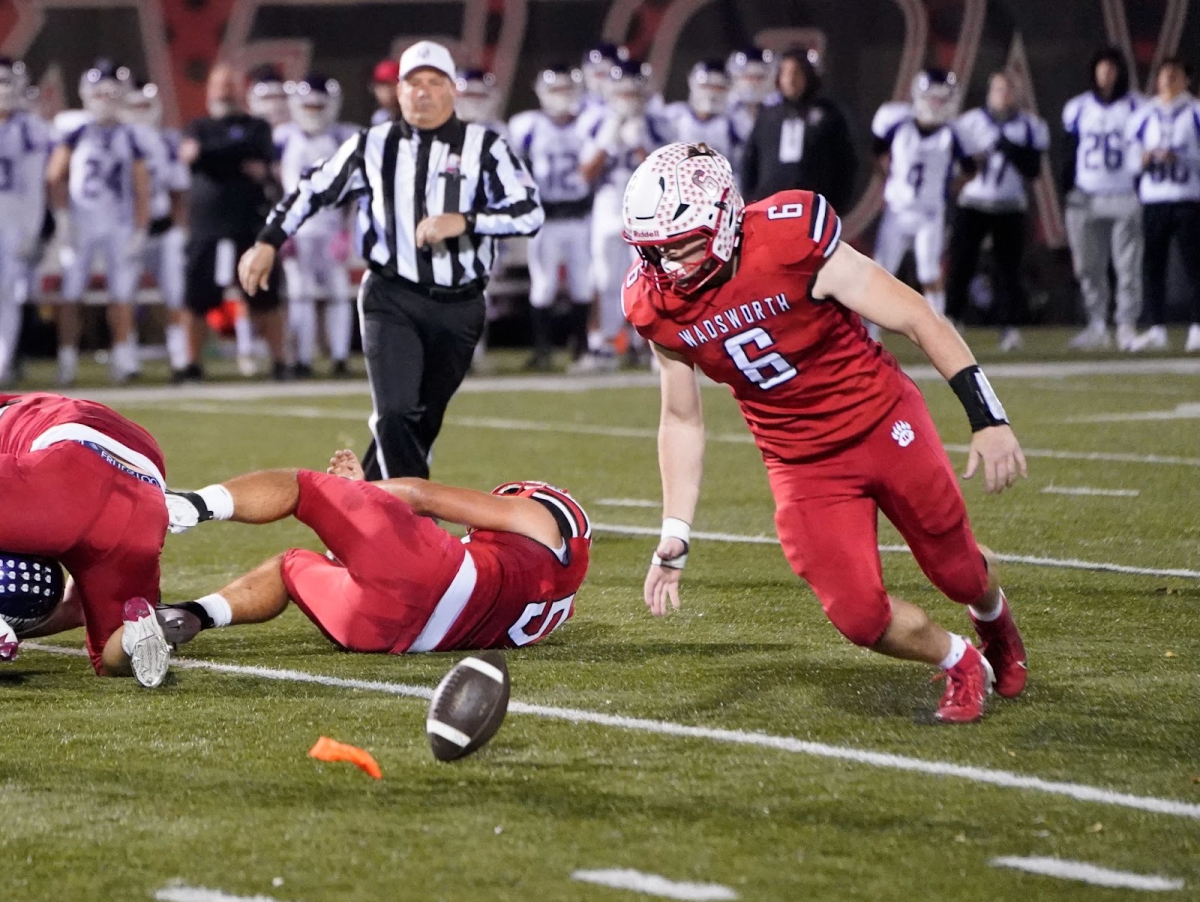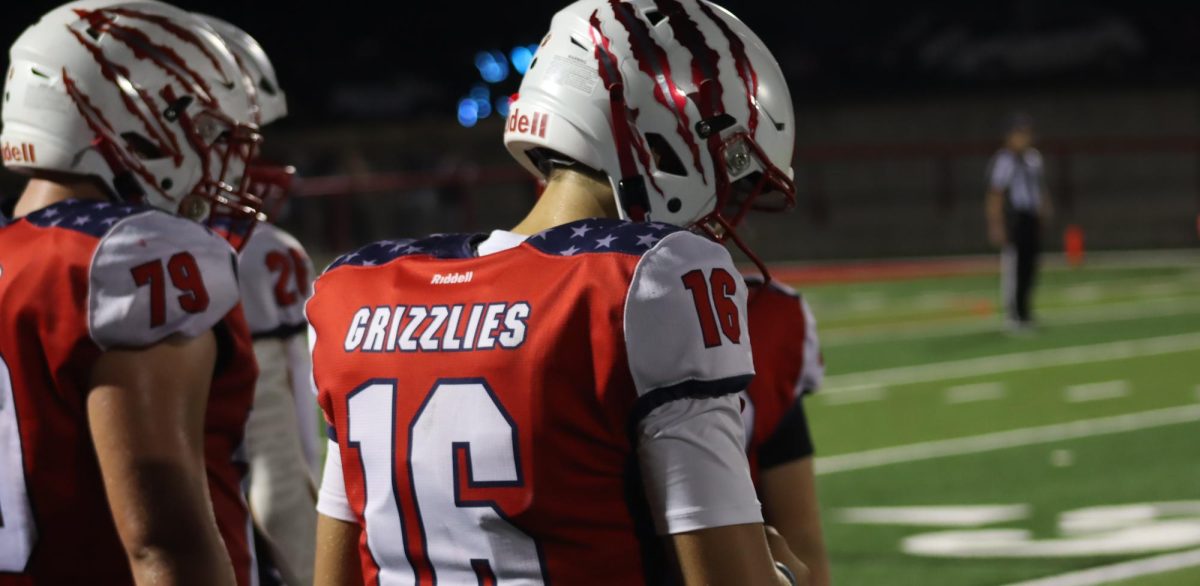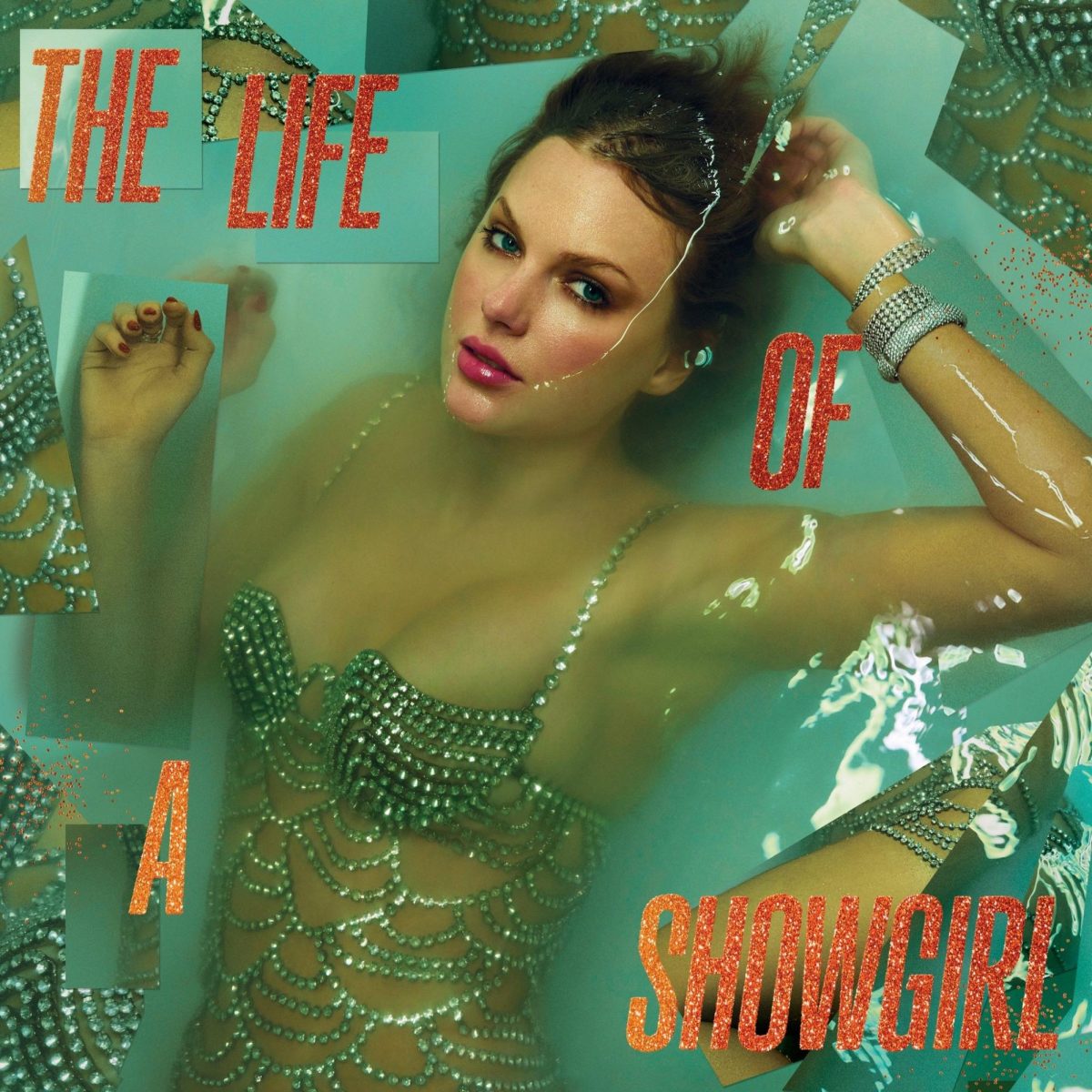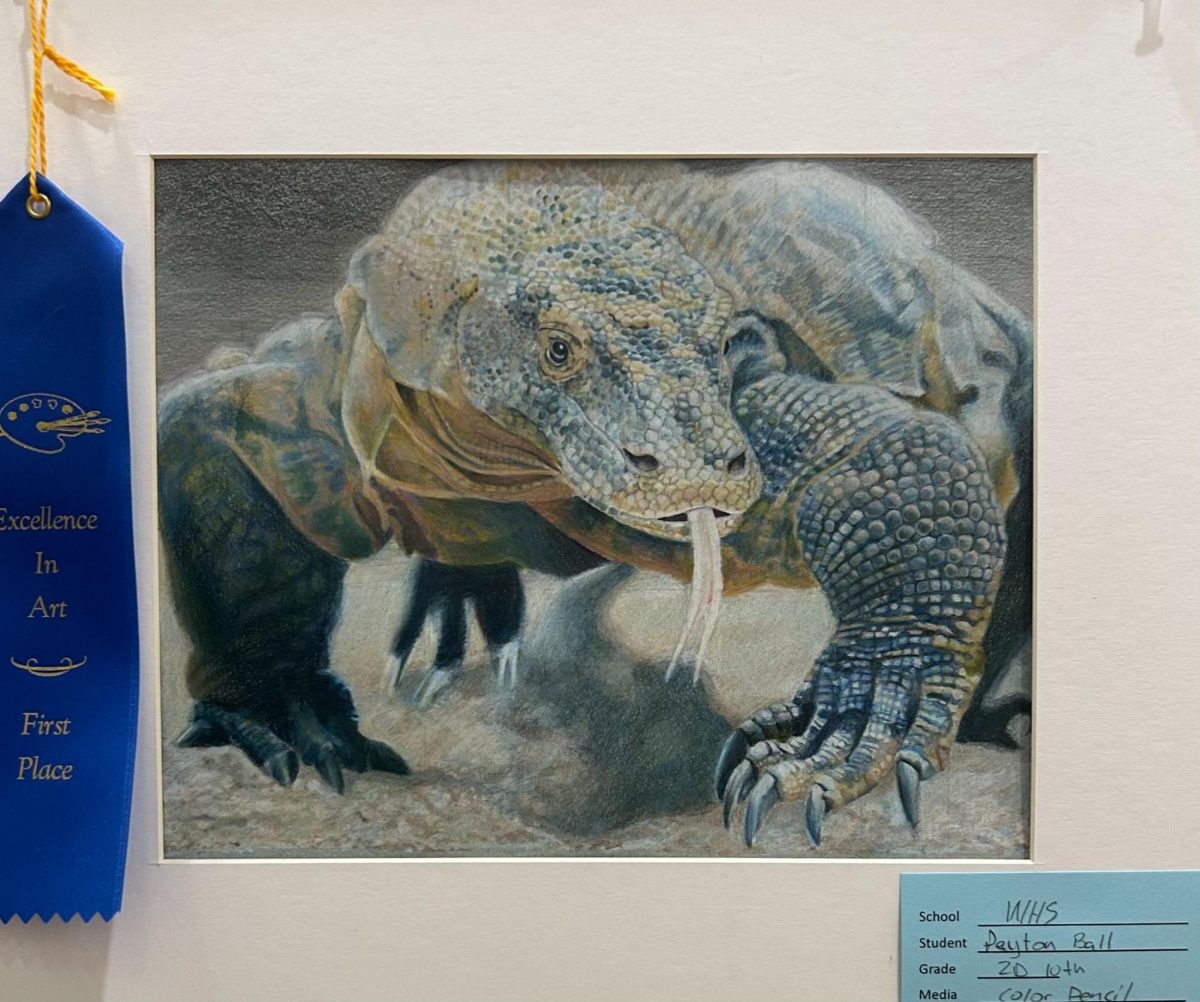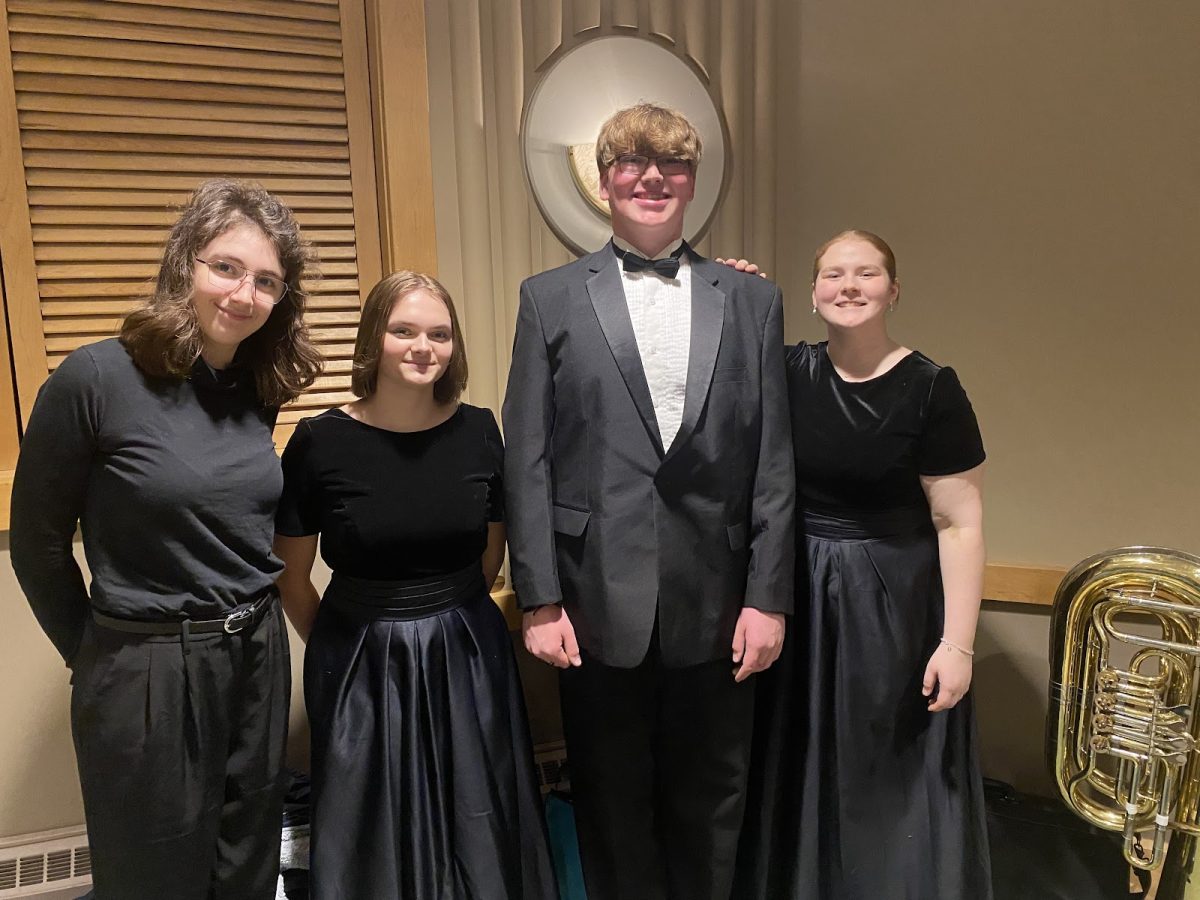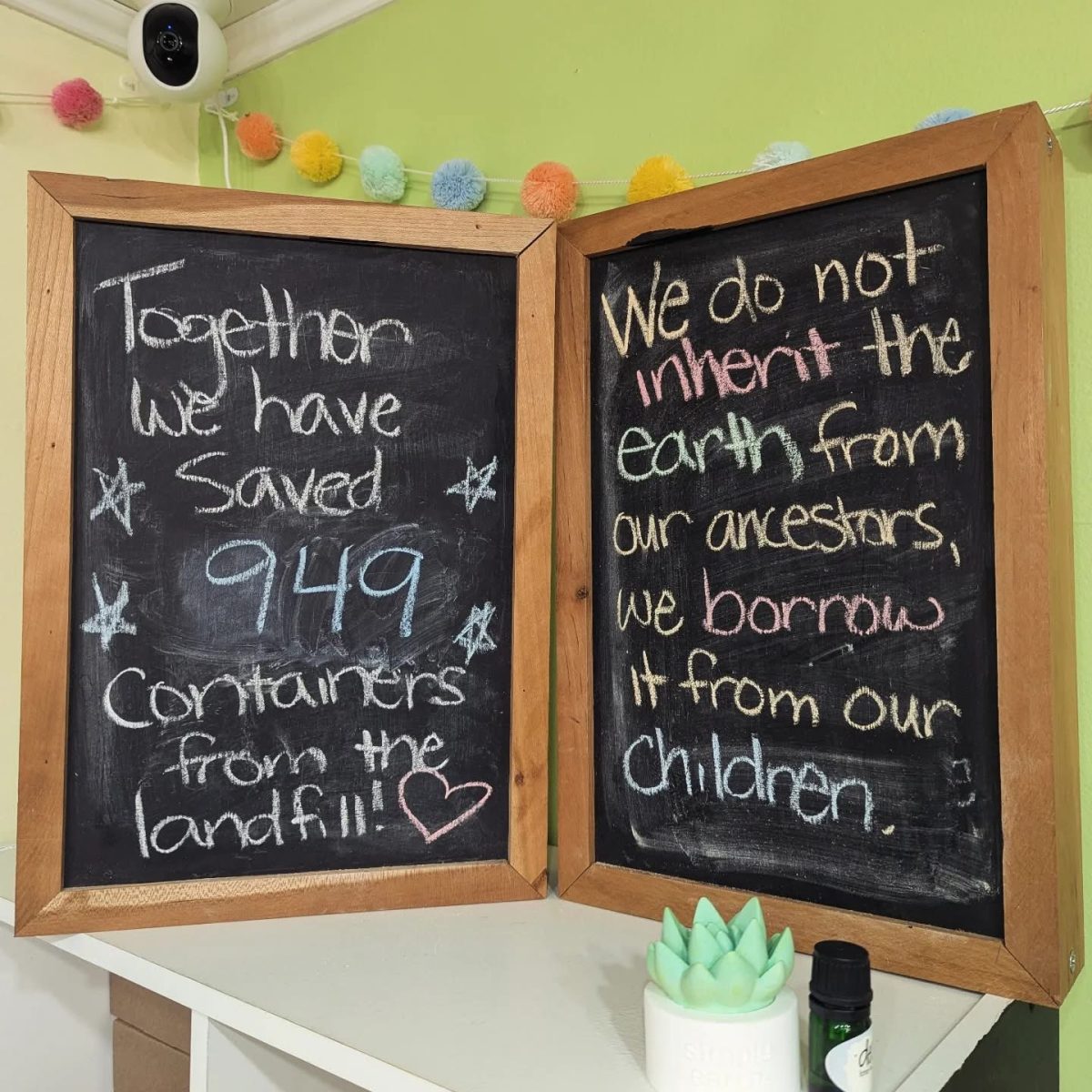While most classroom pets include guinea pigs and hamsters, Wadsworth High School has been given an entirely different type of pet that strays away from the cultural norm. The axolotl, a rare type of salamander native to Mexico, has recently become a new addition to two different WHS science classrooms.
Along with AP Biology teacher Shelly Rohrer, Jason Jurey, an AP Environmental Science and Honors Biology teacher at WHS, has been given an axolotl for the classroom setting. Although the unique aspect of these uncommon classroom pets has led to a widespread interest in owning them, Jurey feels that they hold a greater importance in the classroom.
“We’re hoping to keep them as class pets and use them to help further student learning,” Jurey said.
Even though Jurey is allowed to host these animals and integrate them into his teaching style, there are some states where owning axolotls is illegal.
“They are endangered species in Mexico so it might be because of that that some states choose to enforce that,” Jurey said.
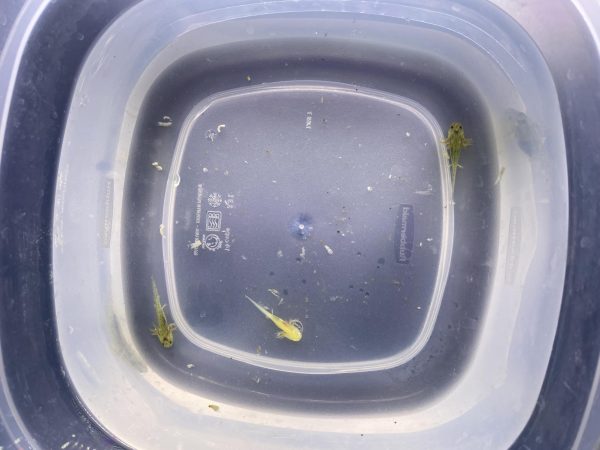
Unlike some states, however, Ohio allows for the legal ownership of axolotls to take place. Regardless of this, Jurey did not come up with the idea of obtaining them himself. Instead of searching for this pet on his own, Jurey was offered the opportunity to take in several axolotls.
“Basically, what happened was one of the elementary school teachers at Isham had some [axolotls] that she bred, and the female laid eggs and had a bunch of babies that [the teacher] was trying to figure out what to do with,” Jurey said. “So, she started to think of people that she thought might appreciate axolotls. She sent me an email and asked if I would like any, and of course, I said yes.”
After agreeing to care for the axolotls, Jurey was tasked with altering his classroom environment in order to successfully accommodate the new pets. This process involved setting up a long fish tank that could house these pets, as they require water to survive.
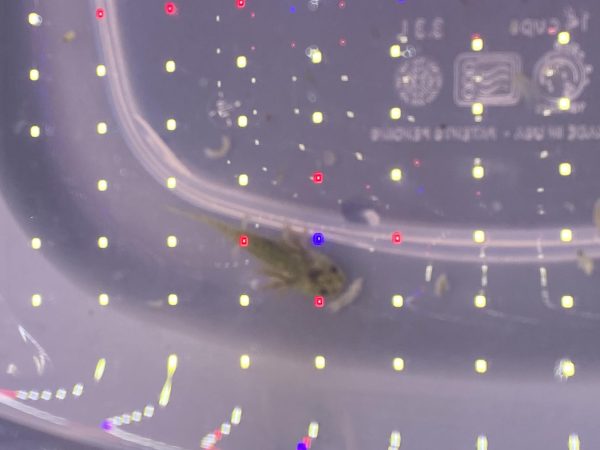
“Axolotls are amphibians, which means that they must return to water in order to lay their eggs,” Jurey said. “So, it just so happens that with axolotls, they don’t come on to land most of the time. They’re going to stay in the water the whole time.”
Through successfully replicating the common habitat of an axolotl, Jurey set himself on a long path of caring for a class pet, as axolotls typically have extensive lifespans.
“They can live up to ten years,” Jurey said. “So they’re actually pretty long-lived. They’re about like dogs.”
Over this prolonged time period, Jurey has designed a plan to care for these pets when school is out of session.
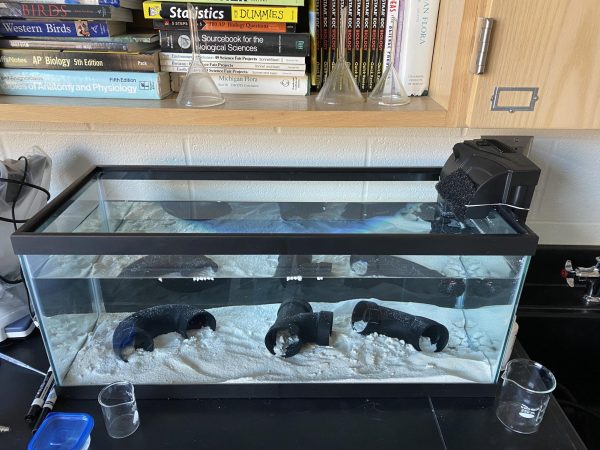
“[In the summer], they’ll go home with us and they’ll become at-home pets for a few months,” Jurey said. “Then they’ll make their return to the classroom when we do in August.”
When this summer concludes, Jurey plans on letting his future students name the axolotls.
“I think what I’m going to do is wait until we come back from summer vacation when they’re a little bit bigger and then next year, we’ll have [the students] name them and see what their personalities look like,” Jurey said.
When it comes to personal interest in the axolotls, the classroom pet has become a popular topic of discussion throughout the school. Sean Martinez, a senior at WHS, feels that the axolotls are a great addition to the classroom.
“The axolotls are growing so much and are super cute,” Martinez said. “They’re like little sea lizards. I love them so much.”
While Martinez notices the resemblance of the axolotls to other sea creatures, Jurey tends to appreciate other aspects of these classroom pets.
“I love that they have external gills,” Jurey said. “They kind of have the frills around the outside of their heads, so you can see their little gills in there. They are able to pull oxygen directly from the water with those external gills.”
As classroom pets become more diverse throughout school environments, axolotls continue to rise in popularity, especially in Mr. Jurey’s class at WHS.

